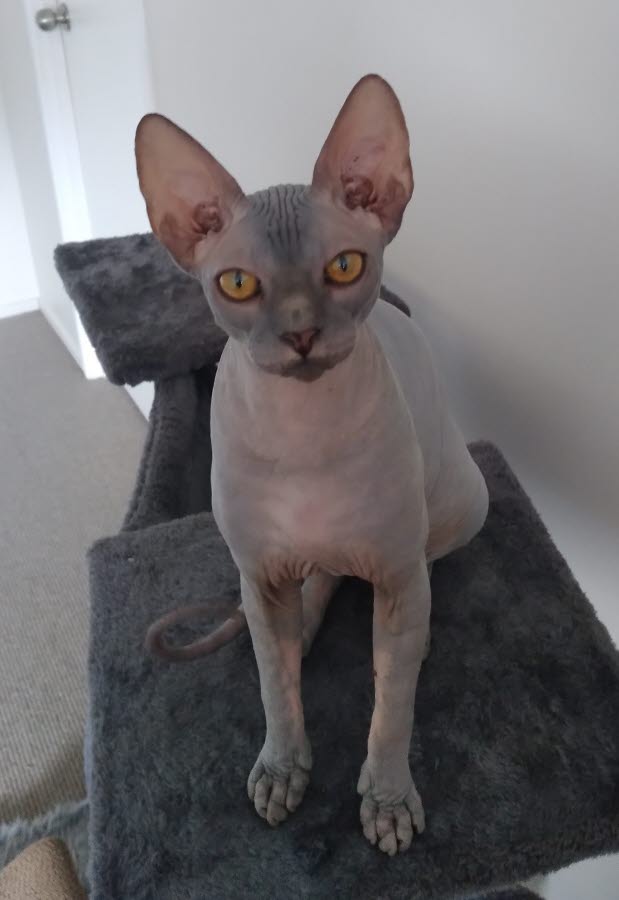Scratching posts 101

Scratching posts are more than just a ‘cat toy’, they are actually very important for the physical and mental wellbeing of urban or indoor cats, not to mention helpful for protecting your house from feline damage too!
Why do cats scratch things?
Scratching is a natural behaviour for all cats. Cats will scratch the surface of objects like tree trunks, doormats and furniture! They stretch their bodies and drag their claws down the surface several times. This activity helps to maintain the cat’s claws (shedding the loose outer layer to reveal the fresh, sharp claw beneath), and gives them (apparently satisfying!) exercise for their arms, shoulders and backs. Scratching also acts as a way for cats to mark their territory, as it leaves obvious visual and scent marks on the scratched area to ward off other cats.
Should I provide my cat with their own ‘scratching furniture’?
Cats kept indoors or with access to an outdoor enclosure, should be provided with cat furniture so they can express their normal scratching behaviours appropriately. Even with a scratching post, cats may often still require nail trimming every few months to prevent overgrowth of their claws.
What ‘scratching furniture’ should I purchase?
It is recommended that cats should be provided with both horizontal and vertical surfaces to scratch, although some cats may prefer one or the other. In multi-cat households, provide one piece of scratching furniture for each cat, plus an extra.
There are many commercial cat furniture options available, such as scratching posts, ‘cat trees’ with posts and platforms, horizontal ‘lounges’, and scratching pads for attachment to walls or existing furniture. If finances are tight, there are good DIY options you can build for your cat instead, involving firmly-fixed panels or posts of natural soft wood or carpet.
Scratching furniture should be heavy or anchored firmly enough so that it remains stable and still when your cat scratches vigorously at it, or else your cat will not feel safe using it. Vertical scratching surfaces should also be tall enough to allow your cat to stretch up fully during use.
Lastly, cats prefer scratching at materials that they can sink their claws into and then drag them through. Materials such as looped carpet, corrugated cardboard, soft untreated woods or natural bark logs are generally suitable, whereas sisal rope coverings can be too stiff for cats to enjoy using.
Why isn’t my cat using their scratching furniture?
If your cat is ignoring their scratching furniture but is scratching other areas of your house instead, it may be due to several reasons:
- Your cat doesn’t feel comfortable using the scratching furniture you have provided - check the guidelines above for safe, comfortable scratching furniture.
- Your cat is in the habit of using certain ‘inappropriate’ areas - if your cat is scratching other furniture items, try covering these with low-tack double-sided tape for deterrence, and place suitable scratching furniture nearby.
- Your cat feels anxious or insecure, so is trying to mark their territory - this may be the case if your cat is scratching around windows and doorways. In this case, it is worth consulting your veterinarian for advice.
Read more on environmental enrichment for indoor cats here.
